History
History has been good to the residents of Harbor Hills. We were fortunate that many things that affected this tract of land failed, or there would not have been a Harbor Hills as we know it today.
The earliest settlers arrived on the South River in 1650. Cecil Calvert, the second Lord of Baltimore, granted land patents to William Burgess, George Westill, and Thomas Besson for the entire south side of the South River. The early settlers lived under constant threat of hostile Indian raids. The South River would be quite a different place today had Charles Calvert, the third Lord of Baltimore, succeeded in 1693 in relocating the capital from Sr. Mary’s to London Town instead of Annapolis. London Town did not become a successful trade center until after the Revolutionary War.
Various tales are attributed to our beach area once known as Hodges Wharf. Our Yacht Club site at one time was said to have a gristmill.
During the 1930s Karl Scholtz attempted to develop the area into homesteads, campsites, and vacation retreats. It was called Ravenna, and his brochure advertised: “(1) Large Tracts; (2) Easily Accessible...on a good road, equidistant between Washington and Baltimore, and six miles from Annapolis; (3) Location – high and dry and healthy; (4) Swimming, boating and crabbing on the nearby South River – charm in scenery, pretty as a Swiss Lake; and (5) Price of lots range from $150.00 to $375.00...payable over 5 years with no interest.” Ravenna failed surprisingly, even at those prices!
The land was evidently not well suited for agricultural development, as some of the previous owners (Mr. Watson, Robley Dickerson and Ramsey Hodges) discovered. We can only speculate on these unsuccessful enterprises, but in 1959 Russ Carson purchased 457 acres of land. The Harbor Hills Development Corporation began on October 26, 1972. Besides the obvious additions of roads, underground wiring, drainage and retention ponds, and street lights, the Development Corporation has been responsible for many other improvements including a pier, the boat ramp, pavilion, playground, lighthouse at the entrance and the flagpole.
From the beginning of the development of Harbor Hills, Russ Carson dreamed of having a community yacht club. Thus the street names were chosen with a nautical theme. On May 26, 1978, ground was broken to begin the Harbor Hills Yacht Club, and finally, on January 10, 1979, it was dedicated by the membership.
The following summaries are intended to present a brief background of our famous historical ship street names.
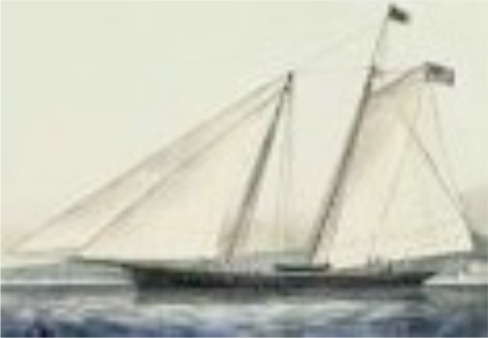 America
America
The first America was a famous racing schooner launched on May 3, 1851 in New York. This vessel is the namesake of the classic America’s Cup Race.
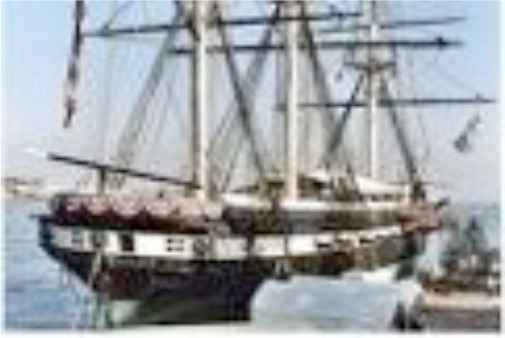 Constellation
Constellation
This is the oldest American warship afloat. The original Constellation was launched in Baltimore on September 7, 1797. Disassembled in 1853, she was reconstructed in 1854, possibly with a few recycled materials from the old frigate. The two ships, combined, fought actively in 5 American wars. In 1963, she was returned to a special berth in the Inner Harbor. This so-called “Yankee Race Horse” became famous by capturing the pride of France, L’Insurgente, in 1799 during the quasi-war with France.
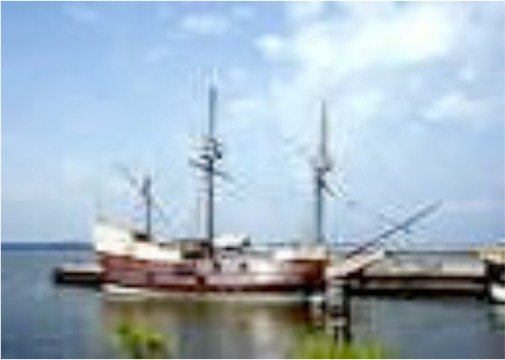 Discovery and Godspeed
Discovery and Godspeed
On December 20, 1606, the Discovery and Godspeed (and a third ship the Susan Constant) sailed from Blackwell, England to settle the Virginia colony. On May 13, 1607, these ships landed at Jamestown Island. Replicas of these ships are located at the Jamestown Festival Park, Jamestown, Virginia.
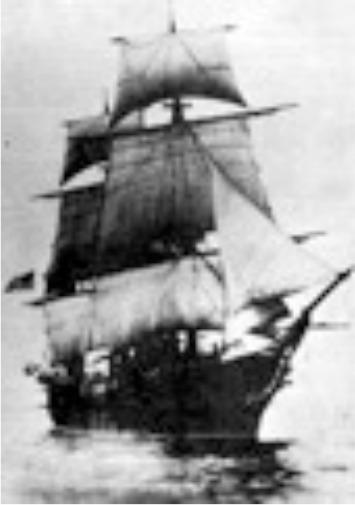 Hartford
Hartford
This famous U.S. Naval Ship was launched on November 22, 1858, and achieved fame during the Civil War. The Hartford was the flagship of Admiral David G. Farragut and served at the Battles of New Orleans and Mobile, which assured the Union victory.
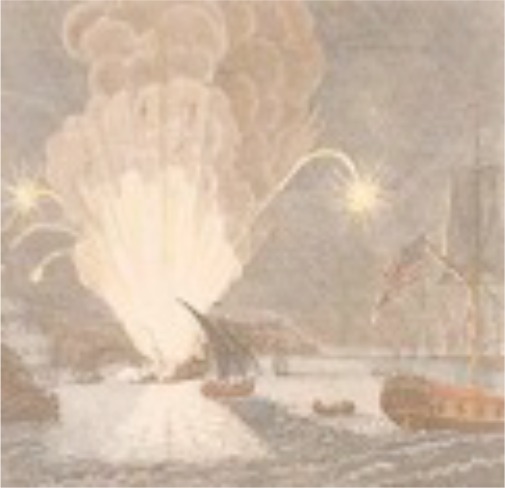 Intrepid
Intrepid
This vessel was launched in France in 1798, but was captured by the U.S. Navy during the War with the Barbary States. In a daring raid in 1804, Stephen Decatur used the Intrepid to destroy the captured American warship, Philadelphia, in Tripoli Harbor. This picture depicts that battle.
This vessel was launched on June 5, 1855 at the Boston Navy Yard, and was sunk in Norfolk by the Union Navy at the outbreak of the Civil War. She was raised by the Confederate States of America and converted into an ironclad ship to try to help end the Union blockade. The Merrimac damaged and sank several Union ships before encountering the Union ironclad Monitor. A four hour battle on March 9, 1862 reached a standstill, but the history of naval warfare was changed forever.
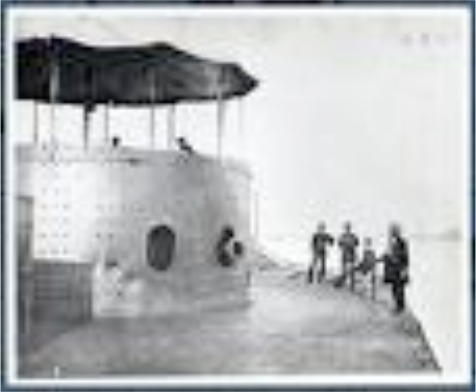 Monitor
Monitor
This revolutionary ironclad vessel was launched on January 30, 1862 in New York. She was towed to the Virginia Capes in March 1862 to help maintain the Union blockage, and after the famous stalemate with the Merrimac she continued to cover the Union movements in Virginia.
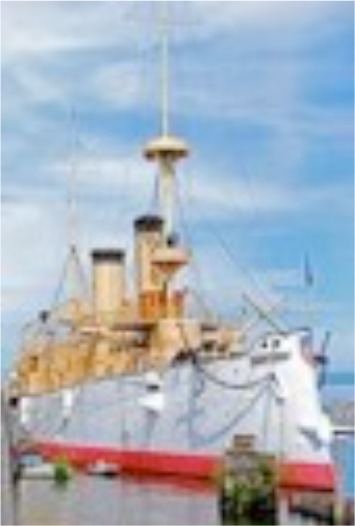 Olympia
Olympia
The Navy’s oldest ship afloat (located in Philadelphia, PA) was launched on November 5, 1892 in San Francisco, California. The Olympia was Admiral Dewey’s flagship at the Battle of Manila Bay. The American victory in the Spanish American war made the United states a world power. One of the last trips for this vessel was to return the body of the Unknown Soldier to the United States from France in 1921.
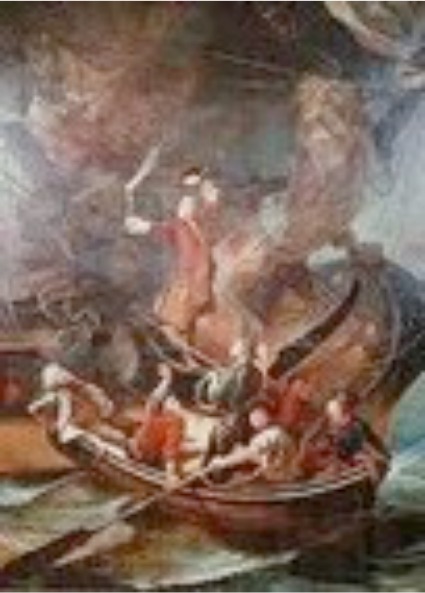 Peggy Stewart
Peggy Stewart
The Peggy Stewart was a brigantine merchant ship owned by Anthony Stewart and named after his daughter. The “Annapolis Tea Party” took place on October 19, 1774 after Anthony Stewart had paid the despised British tea tax. An angry populace forced him to burn the ship and tea at Windmill Point (now the Naval Academy). This open defiance to the King led the colony of Maryland closer to independence.
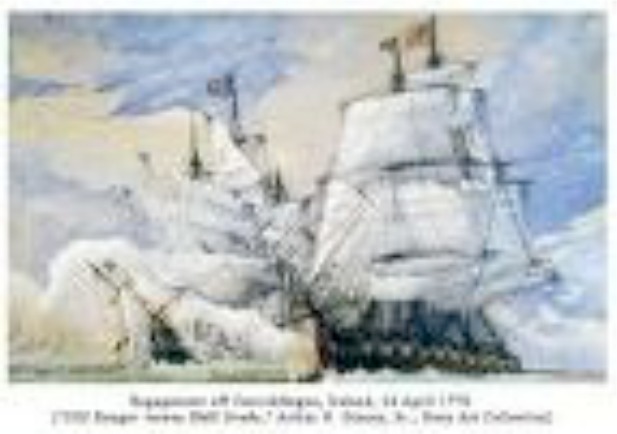 Ranger
Ranger
The Continental Navy sloop Ranger was launched on May 10, 1777 in Portsmouth, New Hampshire. Captain John Paul Jones sailed to France, capturing two British ships on the way. On February 14, 1778, the Ranger was given the first official salute to the new American flag, “Stars and Stripes”, by the French fleet. John Paul Jones made several daring raids off England and finally captured the H.M.S. Drake.
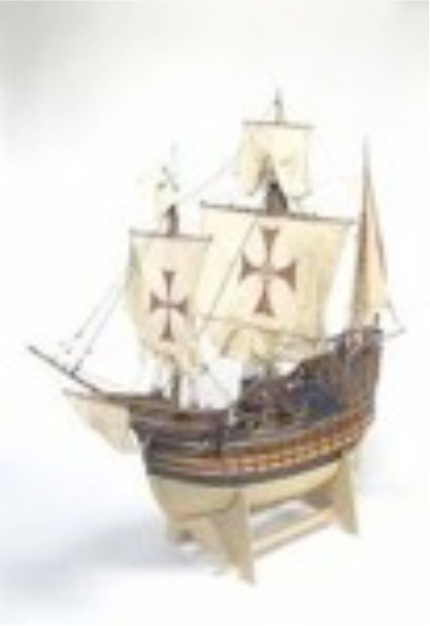 Santa Maria
Santa Maria
The Nina, Pinta, and Santa Maria left Palos, Spain on August 3, 1492 to seek a new route to Asia. The Santa Maria was the largest of the three ships and the flagship of Christopher Columbus. On October 2, 1492 Columbus landed in the new world on an island they called San Salvador.
Pages
- Home
- County Services & Utilities
- Welcome to Harbor Hills!
- Location
- History
- Keys & Stickers
- Website Help
- Our Community
- Facilities/Amenities
- Overview
- General Rules
- Clubhouse
- Marina
- Pool
- Tennis Courts & Pavilion
- Ball Field
- Constellation Waterfront Area
- Merrimac Waterfront Area
- Activities
- Overview
- HH Event E-vites
- Calendars and Events
- Security
- Homeowners Association
- Board of Directors
- Other Contacts
- Architectural Review
- Documents & Forms
- Realtor Documents 2023
- Covenants, By-Laws & More
- Clubhouse Use
- Area Information
- Davidsonville Weather
- Tides
- South River
- Local Services
- Communicate & Share
- Send an Emergency Alert 🚨
- Workbench—private test/working area
- Old, unpublished pages

